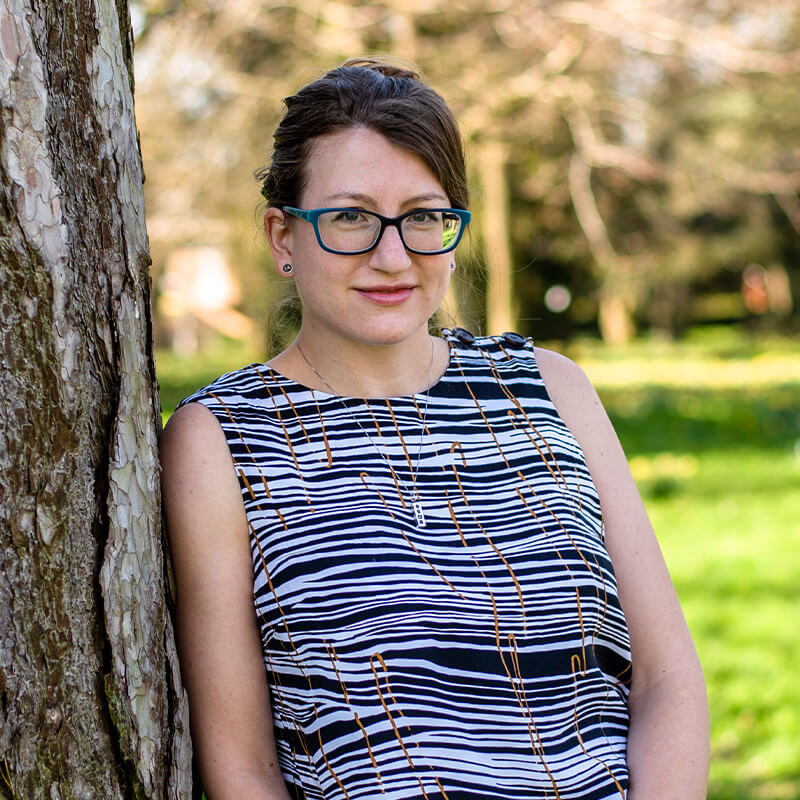VHH in
Radio Imaging
Small, stable and robust, VHH offer an attractive construct for the conjugation of VHH to radio isotopes.
VHH can also be easily engineered with carefully designed affinities, valencies and specificities to meet a variety of therapeutic needs, enabling refined cell targeting and modes of action while also minimising off-target toxicity.

Advantages of VHH in
Radio Imaging

Precision Targetting
VHH are physically robust and can be conjugated to radio-isotopes whilst maintaining selective targeting of tumour epitopes enabling versatile application in theranostics.

Rapid Renal Clearance
Due to their small size, VHH are rapidly cleared from the blood through the kidneys. This has an added advantage in a radio imaging context as it limits the prolonged patient exposure to radioactive isotopes.

Access to Solid Tumours
Due to their small size and in vivo stability, VHH can penetrate hostile environments such as the ones in solid tumours. This leads to radio imaging with better resolution and speed.
Isogenica – University of Hull
Radio Imaging Collaboration
Through our collaboration with the University of Hull we are able to demonstrate our VHH’s abilities in radio imaging settings.

Isogenica’s
VHH in Radio Imaging
Current challenges in the utilisation of monoclonal antibodies for molecular imaging include slow blood clearance, slow and low tumour uptake, and poor tissue penetration. This tends to lead to lower-contrast images with higher background signals.
On the other hand, VHH antibodies can be radiolabelled with short-lived radioisotopes and provide high-contrast images within a few hours after injection, allowing early diagnosis and reduced radiation exposure of patients. In addition, radioactively labelled VHH also provide additional benefits in a therapeutic context by providing higher specificity and a greater ability to penetrate tumours.

Figure Taken from Altunay, B., Morgenroth, A., Beheshti, M. et al. HER2-directed antibodies, affibodies and nanobodies as drug-delivery vehicles in breast cancer with a specific focus on radioimmunotherapy and radioimmunoimaging. Eur J Nucl Med Mol Imaging 48, 1371–1389 (2021).








